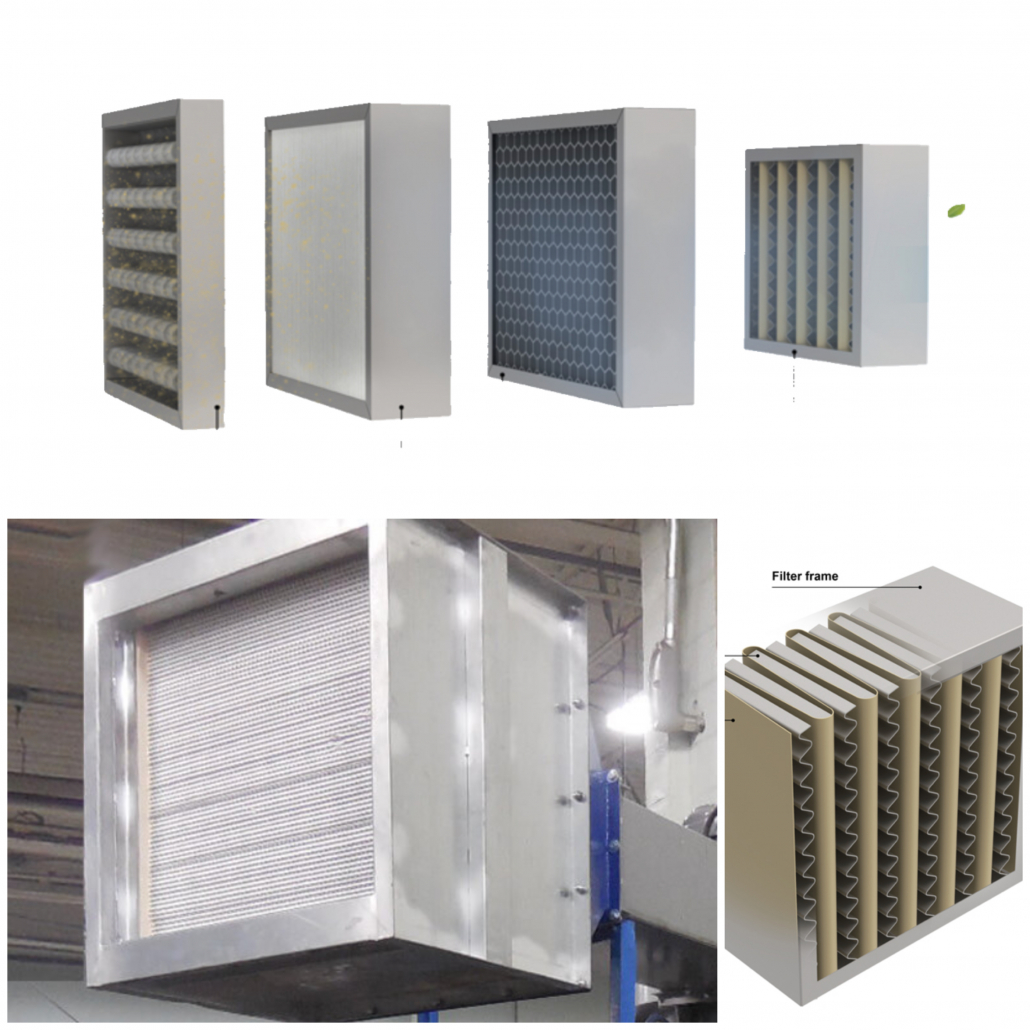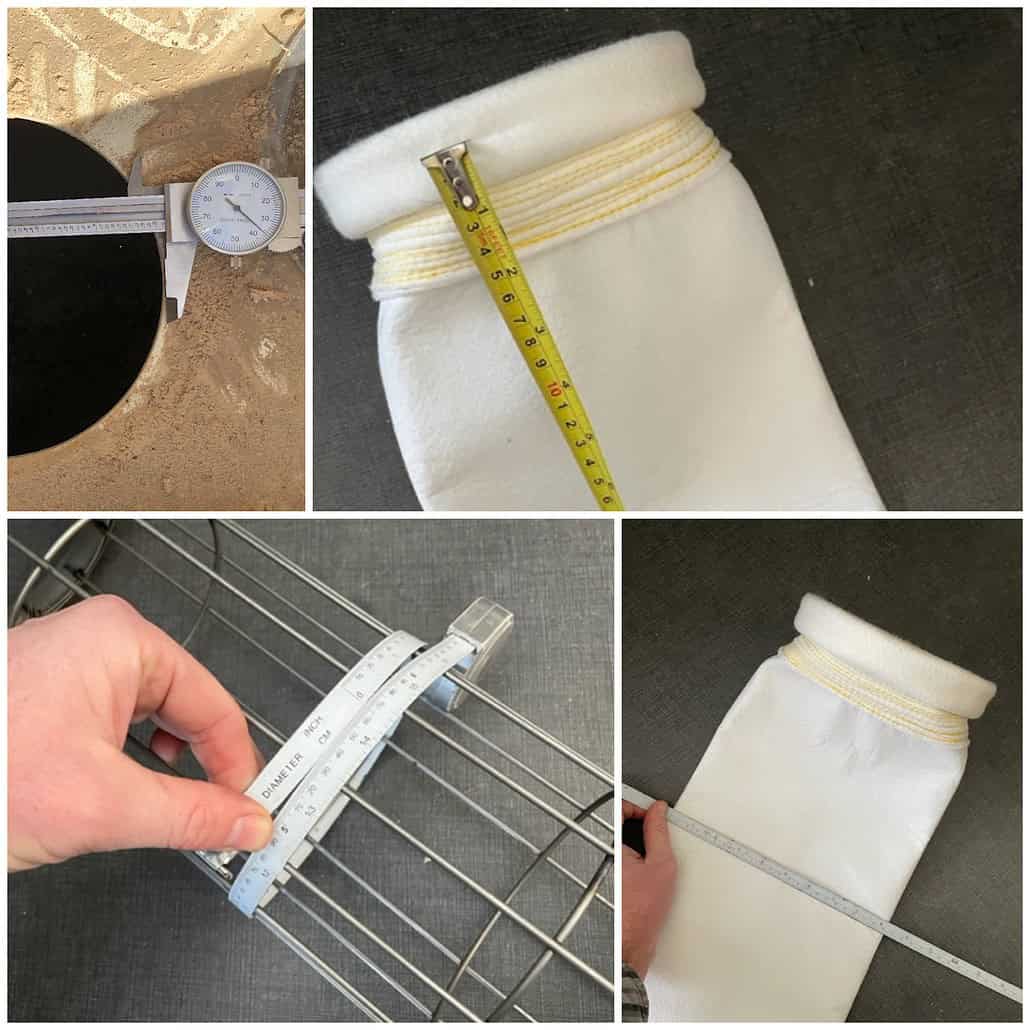Industrial dust collection systems are a crucial tool in ensuring workplace safety, sustainability, and environmental compliance. These systems are not just equipment needed for your processes and facilities to produce effectively; they are state-of-the-art safety measures. However, to maintain their effectiveness they require modern validation and certification methods. Regular assessments are essential, especially when process conditions change.
The Consequences of Non-compliance
Extraction systems that handle explosive dust are made up of numerous vital components. These components must work in harmony to provide the expected safety. When a system malfunctions or doesn’t perform as intended, it can lead to a host of issues:
- Production Impacts: Malfunctioning extraction can disrupt the production process, resulting in downtime and decreased productivity.
- Health Concerns: Operators exposed to dust due to inadequate extraction can face significant short and long-term health problems, leading to absenteeism, reduced workforce efficiency, reduced worker morale and productivity, and sickness and injury among your team. One example is silicosis, a lung disease caused by long-term exposure to fine silica dust.
- Increasing Costs: Neglected preventive maintenance, monitoring, and operational tasks result in unplanned costs for repair and replacement of worn and broken equipment.
- Safety Risks: Failure to ensure your equipment is up to date increases the risk of dust explosions, which can have catastrophic consequences, endangering lives and property.

Compliance and Inspections
For all ATEX equipment (equipment used in explosive atmospheres), regular inspections are mandatory. The specific intervals and requirements vary based on the manufacturer and notified bodies responsible for type approval. Compliance checks must include the following…
Explosion Isolation System Inspection Requirements:
 A clear description of the intended use of the explosion isolation system.
A clear description of the intended use of the explosion isolation system.- Operational requirements.
- Installation requirements.
- General arrangement plans.
- Commissioning requirements.
- Maintenance guidelines.
- Periodic Inspections
Regular inspections are crucial to ensure that the explosion isolation system maintains its capability and reacts as originally designed in case of an explosion. Procedures after an explosion are also a vital part of compliance.
Inspection Points
Specific inspection points are listed in user manuals, and in most cases, only authorized engineers can perform these inspections. Even when end users are allowed to inspect, it’s strongly recommended to engage knowledgeable companies like Baghouse.com for an annual inspection. Book Now Your Baghouse System Audit.
Inspectors can identify issues beyond the checkpoints. For instance, they can uncover dust deposits on valve seats, which, if not cleared, can render safety components ineffective in the event of an explosion. Safety is contingent on the entire system functioning correctly, not just individual components.

Documenting the Inspection
A documented inspection or maintenance, conducted by an authorized company, is the formal way to prove compliance with OSHA and NFPA standards. Documentation is essential in case of accidents or incidents to demonstrate that regular maintenance occurred. When individuals without adequate training or authorization conduct inspections, they bear full responsibility for any faults. Conversely, following instructions and maintaining proper documentation shifts responsibility away from the end user.

How Baghouse.com Can Help
We can assist by providing annual safety inspections for Dust Collection Systems in various industrial applications. These inspections include a comprehensive functional test of the entire system and a summary of recommendations based on our on-site survey for each dust collector.
Training for Safety
Regular training for key personnel is crucial. This includes not only personnel directly involved with the equipment but also those responsible for emergency procedures, such as Building Management System (BMS) operators. Having an accessible emergency checklist is vital for quick, effective responses during alarms, ensuring everyone knows what to do in critical situations. Read more about our Training for Maintenance and Safety Personnel.
In conclusion, compliance with safety and environmental regulations is non-negotiable in industrial dust collection systems. Regular inspections, documentation, and expert assistance are your best allies in maintaining a safe, compliant, and efficient dust collection operation. Our experts are ready to help you evaluate, diagnose, and improve the safety and efficiency of your dust collection system, ensuring a secure and sustainable workspace for all.
If you have any questions or need assistance with your dust collection system compliance, feel free to reach out to us. Your safety and peace of mind are our top priorities!
Contact Us to Speak to One of Our Baghouse Experts.
For more baghouse related training and information, be sure to check out our Baghouse Online Training page.





 Baghouse.com
Baghouse.com